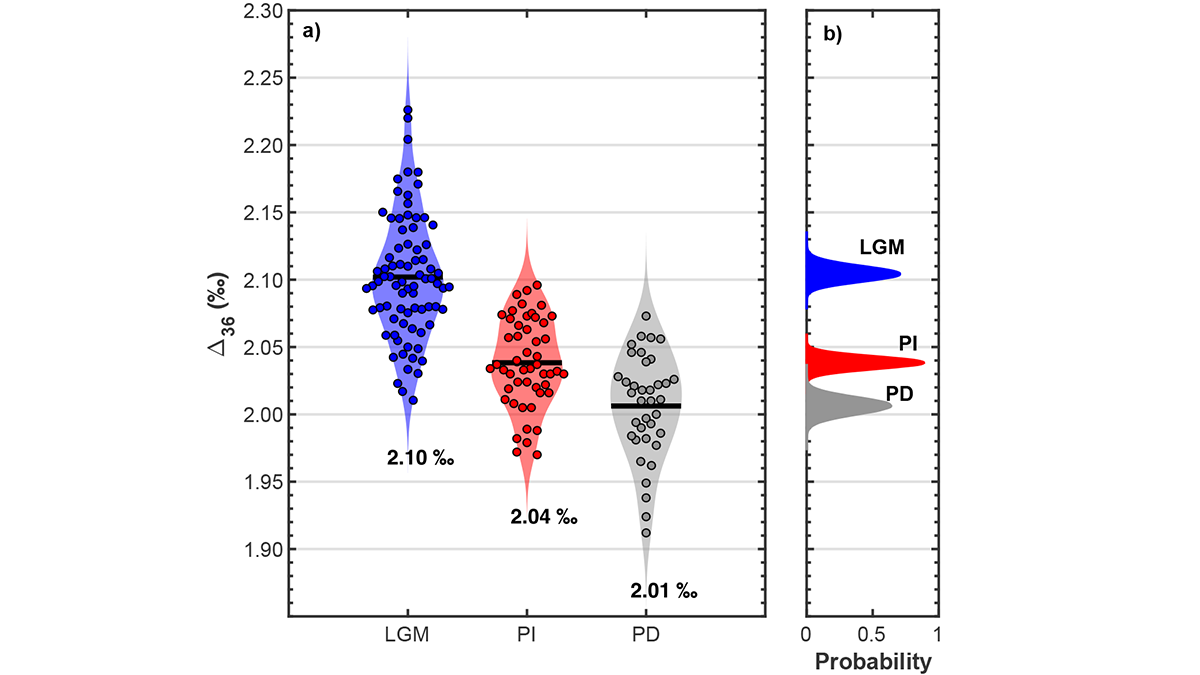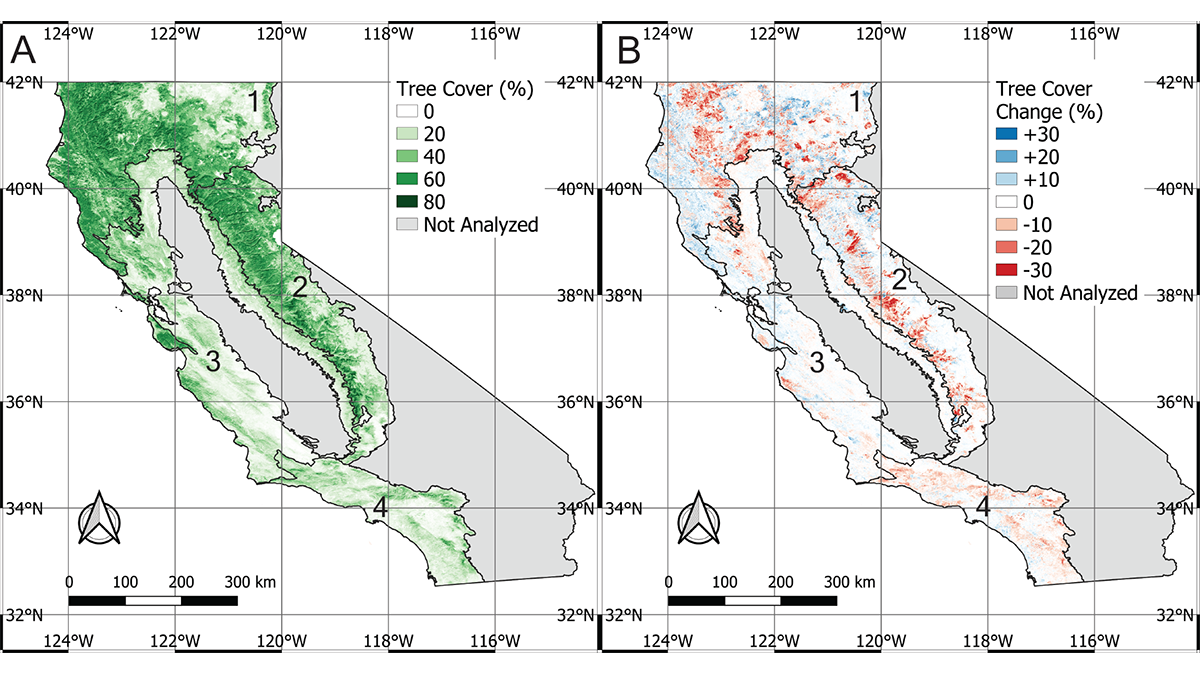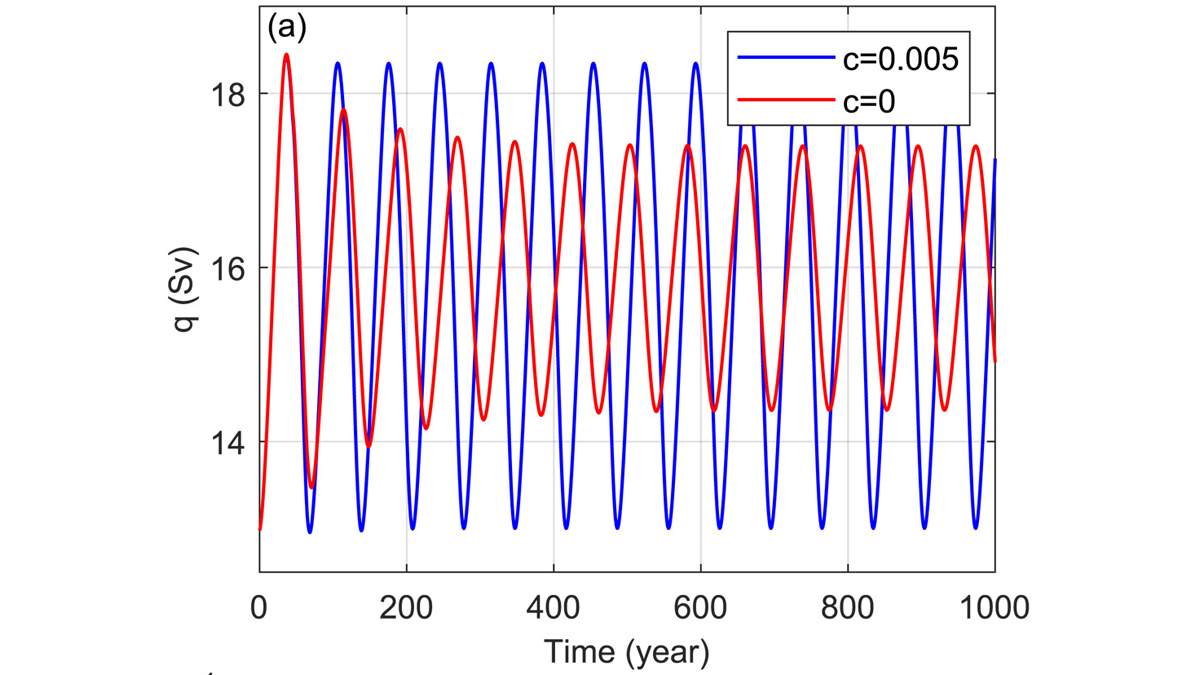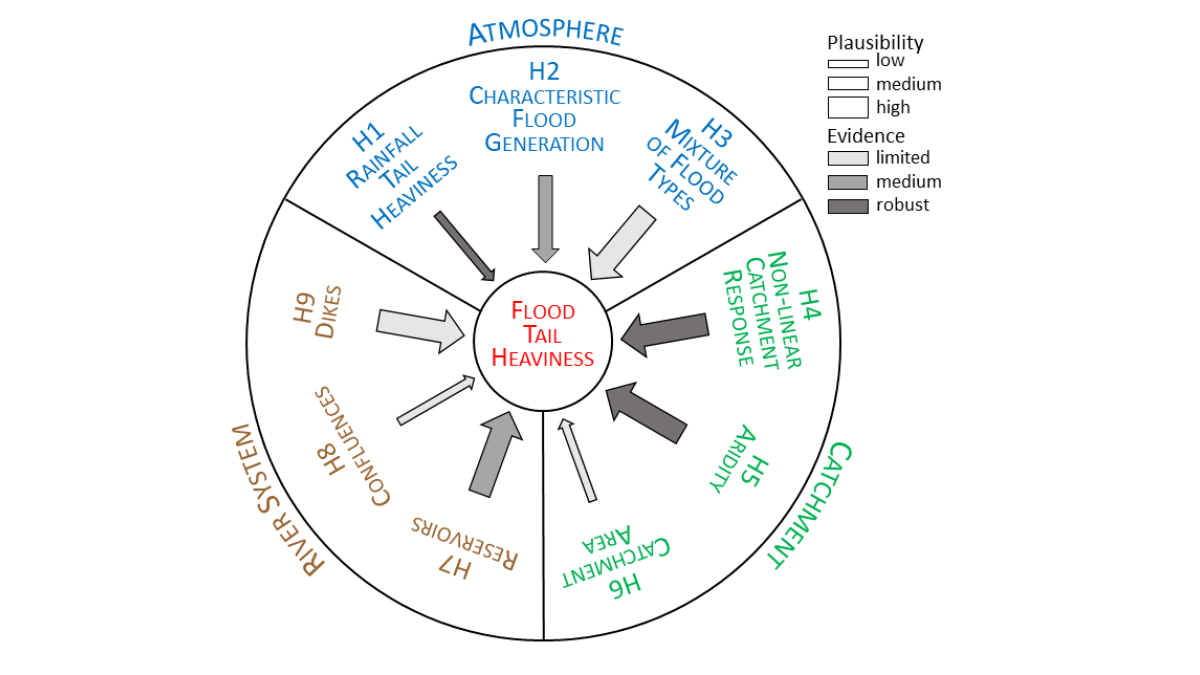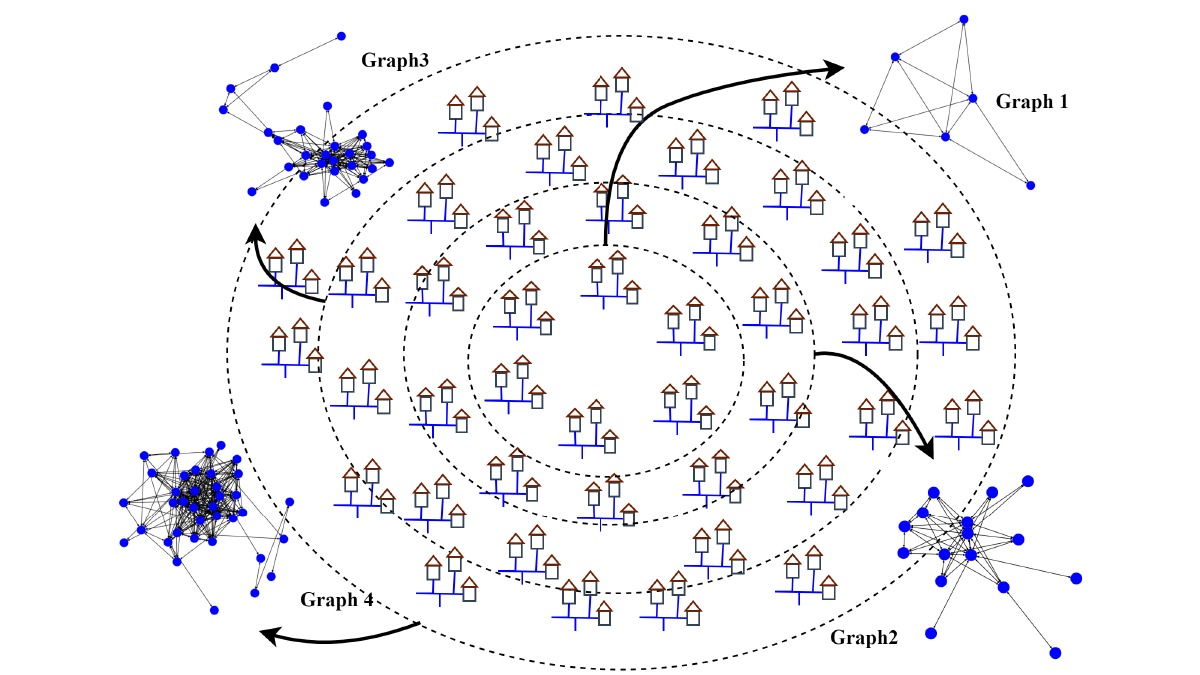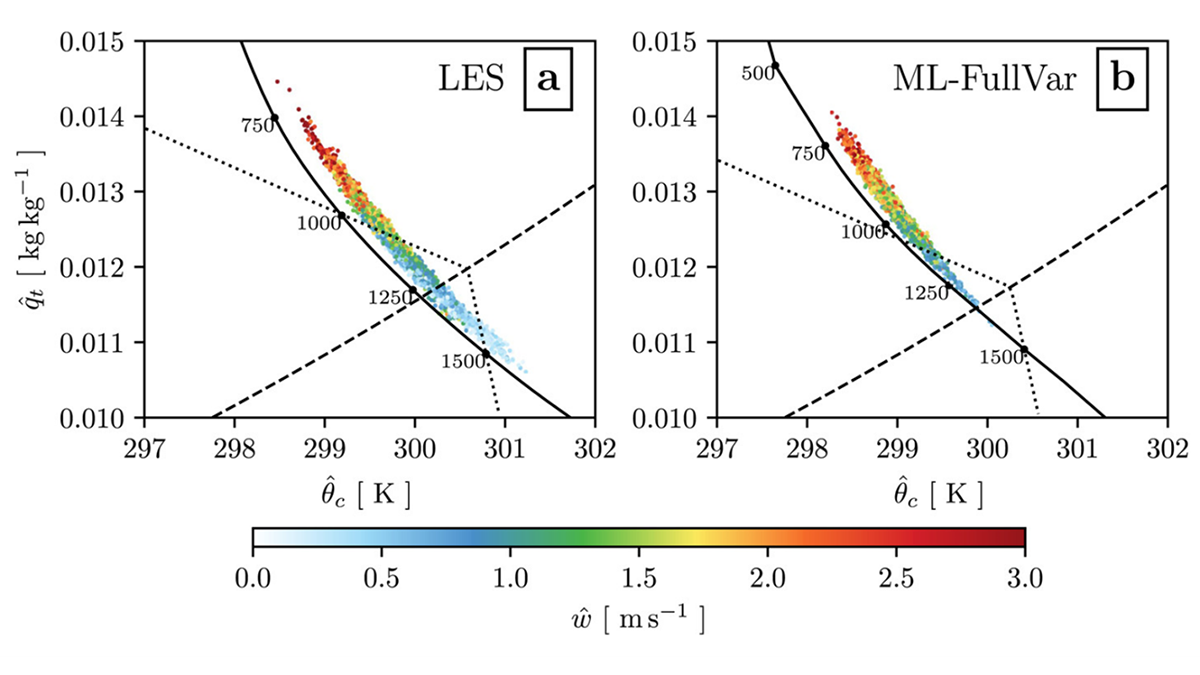The 2022 Tonga volcano eruption altered the global ionosphere, creating a huge ionospheric hole locally near the epicenter and large-amplitude plasma bubbles remotely over the Asia-Oceania area.
Editors’ Highlights
New Tool to Decipher Past Upper Troposphere Temperatures
Small variations in clumped O2 isotopes reflect temperatures in the upper troposphere. Bubbles measured in polar ice cores show the global lapse-rate appears to steepen during the Last Glacial Maximum.
A Burning Issue
California has lost 7% of its forest cover to climate change over the past 25 years.
Arctic Salinity Pushes the AMOC Swing
A model of the Atlantic Meridional Overturning Circulation (AMOC), pioneered by Henry Stommel over 60 years ago, can exhibit realistic cyclic behavior if the role of Arctic salinity is included.
Machine Learning Emulation of Atmospheric Radiative Transfer
Using machine learning to represent sub-grid processes in weather and climate models holds promise, but also faces challenges. Incorporating physical knowledge can help.
Nine Reasons Why Extreme Floods may be Worse Than Expected
The implications of nature not conforming to statistical assumptions can be devastating; researchers describe why extreme floods may be bigger than we assume.
AI Algorithm Provides More Accurate Forecasts of Water Use
The new graph convolutional recurrent neural network (GCRNN) will enable water utilities to forecast water use, even if some sensors fail.
Aftershocks Reveal Coseismic Rupture of Megathrust Earthquakes
More accurate aftershock zones reveal that the rupture areas of megathrust Aleutian–Alaska earthquakes are larger than we thought and partly overlap, in contradiction with the seismic gap hypothesis.
Modeling Entrainment with Machine Learning
Researchers present a new approach to modeling the stochastic mixing process of convection using a machine learning technique.
Landfalling Hurricanes Intensify Due to Coastal Downwelling
Hurricane winds can lead to coast downwelling, which brings warmer surface water near the coast and can contribute to the intensification of the landfalling hurricane.


